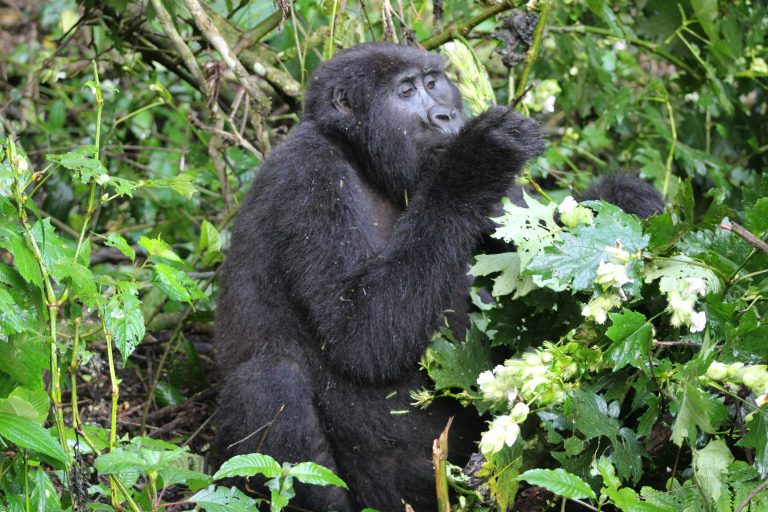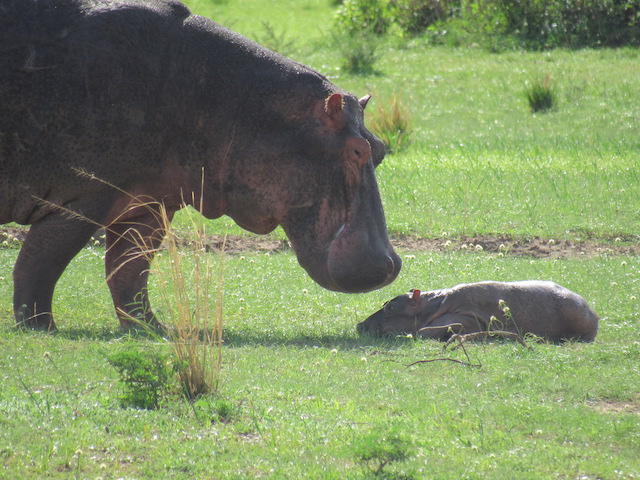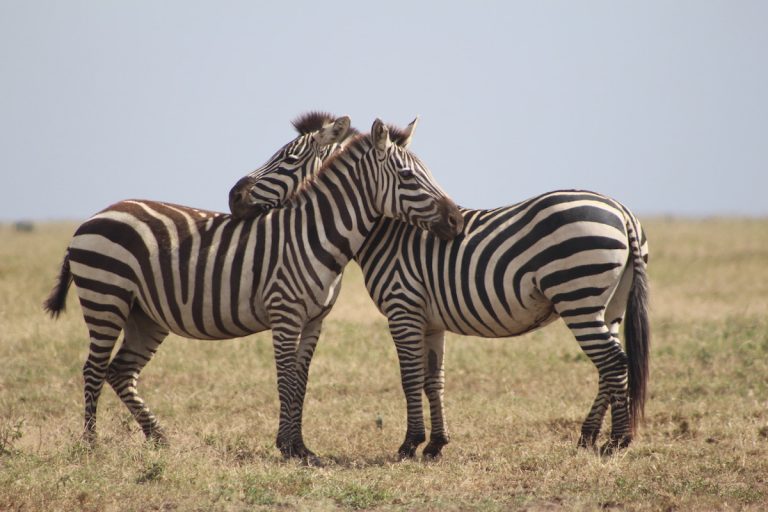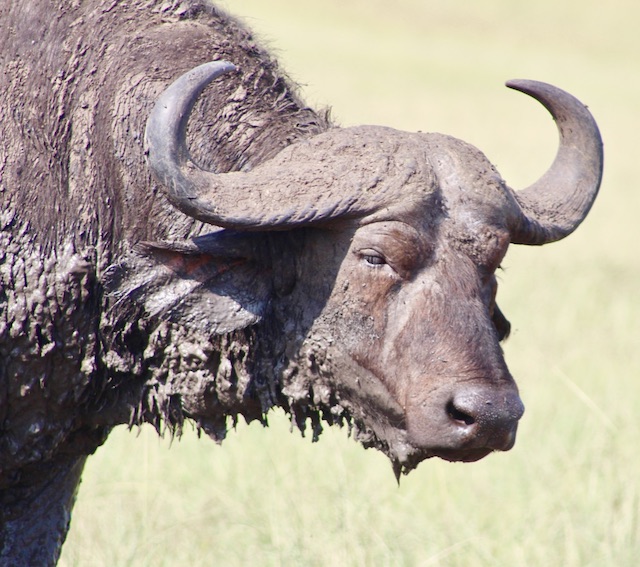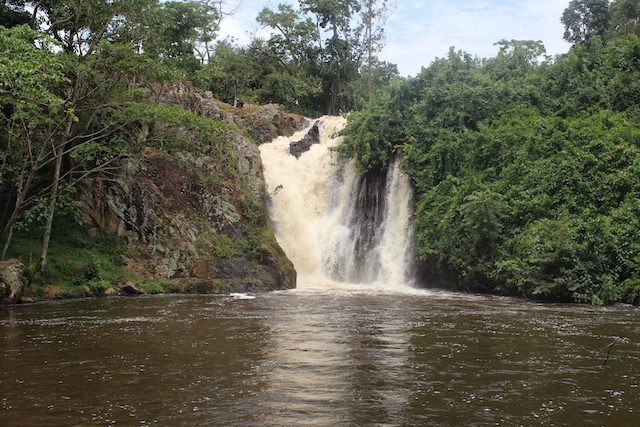 Sezibwa Falls are one of the sites to visit while on a Uganda wildlife safari. As Uganda’s hidden cultural treasures, the site is part owned by Buganda Kingdom and the Anglican Church of Uganda.
Sezibwa Falls are one of the sites to visit while on a Uganda wildlife safari. As Uganda’s hidden cultural treasures, the site is part owned by Buganda Kingdom and the Anglican Church of Uganda.
The drive to Sezibwa falls takes approximately 1 hour from Kampala depending on the traffic flow. The sezibwa falls tour is usually part of the famous Jinja one day tour. The tour takes you to Mabira forest and the source of river nile. You can alternatively have this tour included on your gorilla safaris, wildlife safari, birding safari or the cultural safaris.
Sezibwa river runs for a total length of about 150 km. The Sezibwa falls site offers beautiful views of waterfalls marked with sharp-edged rocks. Enjoy the splendid sound of waters flowing down the indented rocks. The Sezibwa Falls are 7 meters high with beautiful scenery for relaxation and enjoyment.
The Legend of River Sezibwa
There is a traditional legend concerning the origin of Sezibwa river according to the Baganda people. The river is believed to have been born by a woman named Nakkungu Tebatuusa whose husband was Nsubuga Sebwaatowho while on her way to Kavuma Bukunja.
Legend is, Nakkungu Tebatuusa gave birth to twins in form of water that became River Sezibwa and Bwanda. The name Sezibwa is derived from a Luganda phrase “sizibwa Kkubo” which translates into “my path can never be blocked”. The locals say it is because its flow is never stopped even with different obstacles encountered on its 150 km distance.
Activities at Sezibwa Falls
Cultural Experiences
Visit an area with shrines where people come for worship. The traditional healers have people camp for days or overnight depending on their request. They come to seek for blessings and or remove curses.
The worshipers believe the falls have supernatural powers from their ancestors for long life, defeat of enemies, wealth etc. One of the prominent shrines is “Mbuga ya Musoke” where they claim to have a resident python known as Nalongo. A traditional healer performs ceremonies for those seeking love, children, business success or good harvest.
Birdwatching
Sezibwa falls area is one of the many destinations for birding in Uganda. For an avid bird watcher this makes for a good weekend away. The area is rich in some water birds, forest species and some savannah species found in the agricultural gardens. Some of the birds found in this area include the rare African finfoot which was previously only known to be easily seen on a boat trip in Lake Mburo national park. The giant Kingfisher is also known to enjoy the lower tree branches of trees near the flowing River Sezibwa after the water falls.
Birds
Bird species to look out for at Sezibwa falls and environs include; Splendid Starling, Black and White Casqued Hornbill, Great Blue Turaco, Dark capped Bulbul, Red eyed Dove, Woodland Kingfisher, Crowned Hornbill, Eastern Plantain Eaters, Northern, Grey headed Sparrow, Tambourine Dove, Lesser stripped Swallow, Hadada Ibis, Vieillot’s Black Weaver, Tawny Flanked Prinia, African Ground Thrush, Black and White Mannikin, Grey headed Nigrita, African Pygmy Kingfisher, African Paradise Flycatcher, Red bellied Paradise Flycatcher, Rock Martin, Spotted Flycatcher, Yellow fronted Canary, Brown throated Wattle-eye, Fork tailed Drongo, Double toothed Barbet, Bronze Mannikin.
More species; Grey backed Camaroptera, Buff-spotted Woodpecker, Northern Crombec, African Grey Parrot, Compact Weaver, Northern black Flycatcher, Diederik Cuckoo, Black Bishop, Western Yellow Wagtail, Dusky-blue Flycatcher, African Yellow Whiteeye, African blue Flycatcher, White chinned Prinia, Olive bellied Sunbird, Spectacled Weaver, Green throated Sunbird, African Golden breasted Bunting, Willow Warbler, Speckled Tinkerbird, Scarlet chested Sunbird, Yellow Longbill, Palmnut Vulture, Grassland Pipit, Klaas’s Cuckoo, Cassin’s Honeyguide, White headed Sawwing, Collared Sunbird, Shinning Blue Kingfisher, Grey Woodpecker, Ross’s Turaco, Green Hylia, Fan tailed Widowbird, Gymnogene, White throated Bee-eater, Lizard Buzzard and Pied crow.
Animal sightings
Red tailed Monkeys, Vervet Monkeys, Tree Squirrel, Nile Monitor Lizard, Green mambas and horned adders.
Rock climbing at Sezibwa falls
The Sezibwa falls sight has beautiful racked rocks for an interesting rock climbing experiences. They are not too difficult or high but enough to give you a rock climbing experience among the other attractions in the area.

